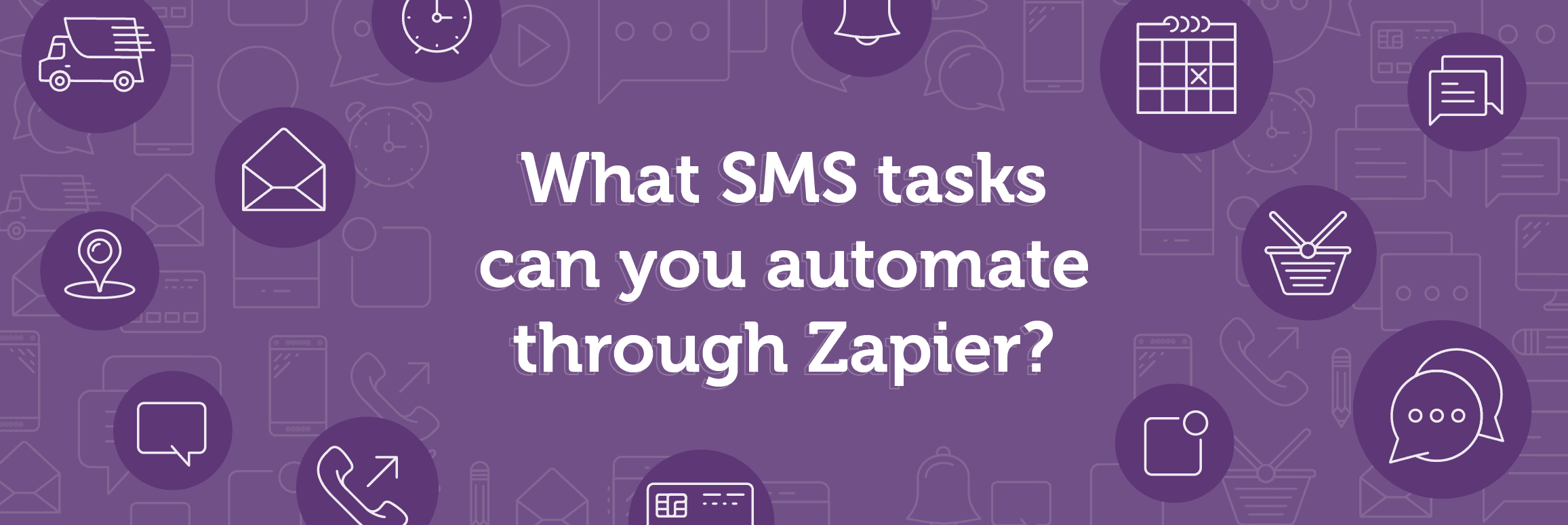
The best recruiting teams will use technology that finds the right candidates and know how to use their data to provide the best possible fits for a position.
With a pool of employee data and employers’ information, staffing agencies can bring the best of both worlds together. As the ones with the keys to big data, recruiters can make better decisions and have a better understanding of applicants, as well as being able to forecast trends and patterns.
However, things move fast in recruitment. A job seeker that may be unemployed one month, could be re-employed within weeks, which means customer data deteriorates rapidly. Randstad found that UK job hunters spend an average of 10 weeks looking for a job – which means that accurate data could only be available for up to 3 months. So, how can recruiters keep on top of it and make the most out of their most valuable asset?
Rediscovering suitable candidates
It’s often stated that a mailing list will depreciate in quality by around 25% every 12 months. Wading through all the data that’s been collected on potential candidates can be time consuming and expensive.
Investing in a self-serve tool to re-engage with your database of applicants and employers can help distinguish between hotter prospects still looking for employment or interested in new opportunities and those who are not. Surveying your database can facilitate this.
A recruiter spends on average 23 hours screening CVs for every person hired. This bottleneck can be greatly reduced if you already have a pool of pre-screened applications to re-engage with.
Recruitment’s need for speed
Currently, 85% of applicants don’t hear back after submitting an application (source); by streamlining some aspects of the recruitment workflow, experts predict automation will enhance a recruiting agent’s chances of success.
Cleverly designed processes enable various tools to be combined, whether it’s SMS surveys for refreshing your database, alerts for suitable employment offers and interviews or sending aptitude tests as mobile forms. 28% of employers have reduced the duration of the recruitment process as the length of time it was taking was off-putting.
The introduction of chatbots has modernised a number of steps in the recruitment process from sending out new job advertisements to candidates with matching criteria – creating an instant experience for applicants and strengthen brand reputation.
Communicate with candidates using their preferred device
Applying for new jobs can be a delicate subject, especially if that person is job-hunting while already in a work placement. Phone calls can often be seen as an intrusive method of contact that can place candidates in an uncomfortable position. Alternatively, a text-to-callback function would allow candidates to text in with a preferred time they’re available to take a call, ensuring that they aren’t caught off-guard, and promoting discretion.
Everyone’s circumstances are unique. Providing candidates with various methods to engage with your agency – including mobile – not only encourages the applicant to engage with your service but can also boost response rates.
The best recruiting teams will use technology that finds the right candidates and know how to use their data to provide the best possible matches for a position.



